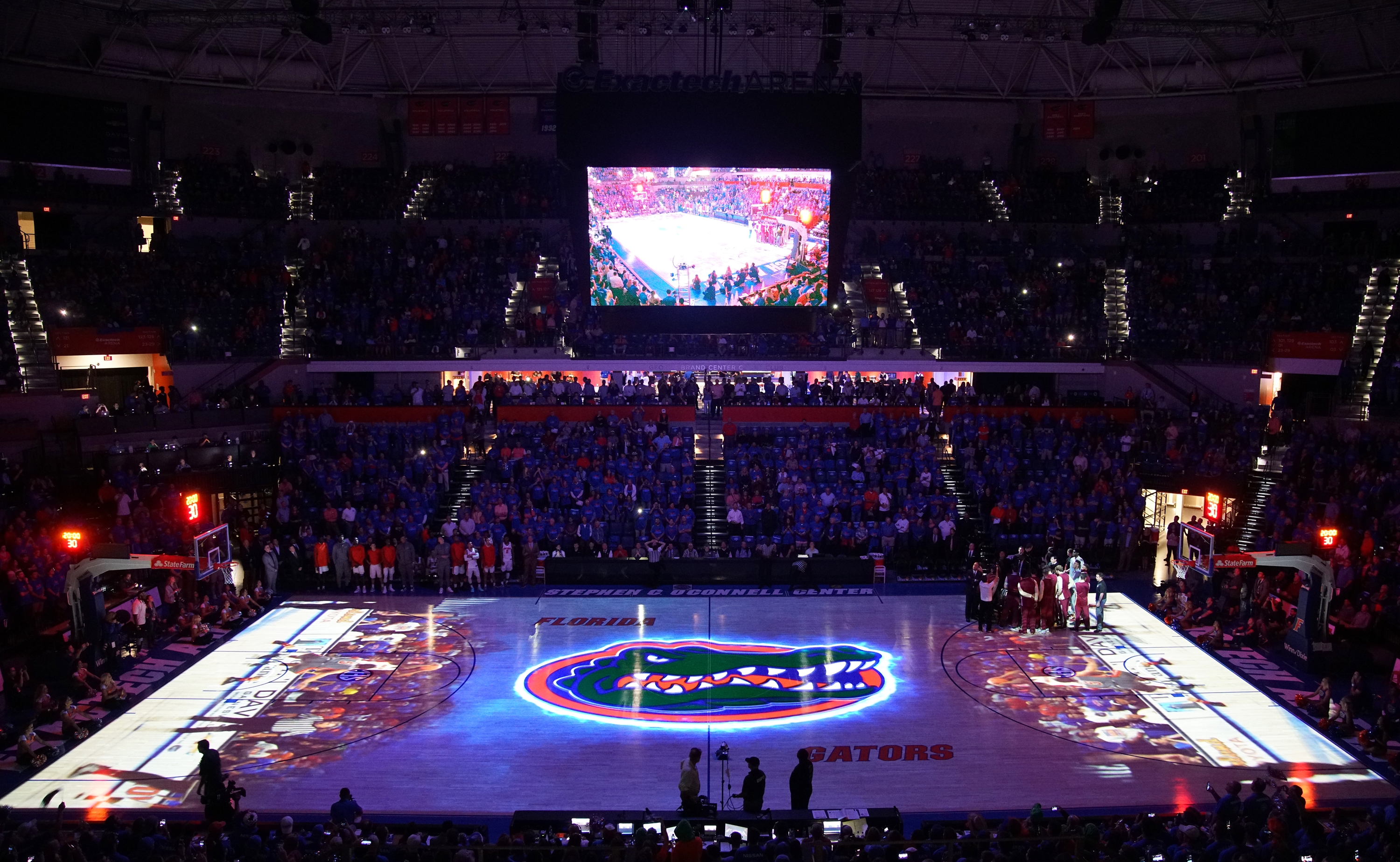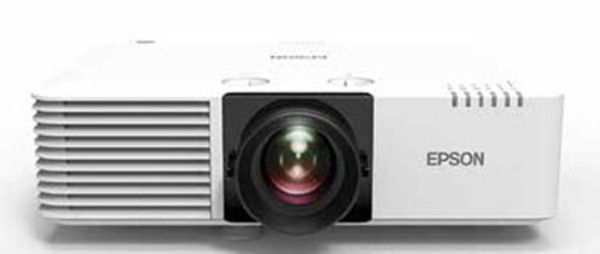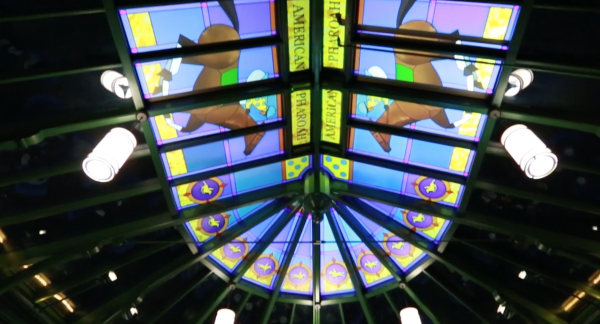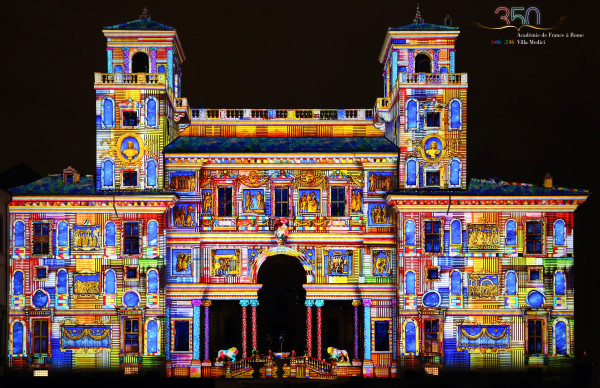New Tech Keeps Projection Mapping Front and Center

There’s no argument: projection mapping is the biggest thing in AV. Well, at least in terms of scale—as a trend, it’s up there, too. And until someone makes an LED wall the size of the Empire State Building, no kind of video presentation can come close to rivaling the grandeur of its effect.
Much like the silver screen of cinema wowed the world of the 20th century, projection mapping is bringing larger-than-life visualizations to all manner of applications, and on practically any surface. At a time when the public is surrounded by high-definition video at every turn, large-scale projection is more than a novelty; it’s a necessity.
“If you want to wow the audience, you need to compete with all the elements they have seen from television, games, etc.,” said Peter Pauwels, director of strategic marketing at Barco. “Raising the bar like this drives the need to create a larger canvas with more brightness and more accurate colors, thus Rec. 709 color spaces and 4K resolutions. It also drives the need for unique installation capabilities.”
According to Pauwels, this means projectors need to be compact, able to operate in all directional orientations, and capable of ultra short throw, if needed—allowing them to be used in tight or unusual spaces while remaining out of the audience’s sight.

A big boon to the category in recent years is the increasing affordability of solid-state projection, making permanent projection exhibitions more practical. “While projection mapping has traditionally been tied to events, the new breed of laser projectors has made it much more attractive to consider projection mapping,” said David Title, chief engagement officer at experiential marketing studio, Bravo Media. “We’re seeing an increased demand for long-term projection displays in retail, hospitality, and even commercial real estate as clients seek new ways to engage and delight visitors.”
And, Title has found that once Bravo Media sells a business on projection mapping for one application, it whets their appetite for more. “We initially created a custom projection mapping display for Blu Grotto at the Monmouth Park racetrack, transforming their atrium dining room,” he said. “Now we are designing for them a one-of-a-kind private dining experience incorporating wall and tabletop projection mapping.”
Imagine that: a projection show on your dinner table while you wait for your meal—these are the kinds of experiential lagniappes that can elevate a business head and shoulders above its competition, set Instagram abuzz, and get customers lining up around the block. And of course, turning a table setting into a dramatic scene isn’t possible without projection—and the ability to display images on atypical canvases like dinner plates is just the beginning.
A daily selection of the top stories for AV integrators, resellers and consultants. Sign up below.

“A new technique in projection mapping is mapping onto a moving object,” said Ramzi Shakra, product manager of large venue projectors, Epson America. “This dynamic mapping technique utilizes specialized media servers that rely on a real-time motion tracking feed. Available tracking technology includes infrared cameras and beacons placed on the moving objects.”
Shakra agrees with Title, however, that the biggest factor in the category’s growth is the increased accessibility of advanced technology like laser light sources, enabling high-brightness, high-quality imagery to be displayed for long durations with little maintenance. Epson furthers this proposition with its large-venue Pro L-Series models by providing free Projector Professional Tool software, which is particularly useful in applications utilizing imagery blended together from multiple projectors. “The software provides quick access to advanced features of the Pro L projectors, such as auto image calibration, that utilize each projector’s built-in camera. Auto image calibration adjusts color, uniformity, and white balance to greatly speed up projector mapping setup time.”

“Projector mapping setup”: That’s a phrase that has surely filled many an integrator with dread since the earliest days of such installations, and getting the color and brightness of images to match is only part of the disquiet. “With complex, multi-projector systems used for projection mapping—including 3D—maintaining system alignment is challenging,” said Curtis Mutter, senior solutions manager, Christie. “Maintaining the alignment manually can be a very labor-intensive task, often taking hours to complete by a projection expert.”
To speed up this task, Christie created Mystique, a camera-based software application that reduces the alignment process to minutes, according to the company. And more than just cutting man-hours, this means technicians don’t need to repeatedly visit vertigo-inducing mounting points like arena catwalks, or worse yet, bring in scissor lifts to tweak the alignment of otherwise inaccessible units.
Projection specialist AV Stumpfl is another company leading the way in this revolutionary technology. “With people sometimes involuntarily or voluntarily moving projectors right before a show, or gravity simply doing what gravity does, using a system like our Wings Vioso RX software can really help with making sure users do not have to make major adjustments, once a mapping has been set up,” said Hans Christian Stucken, the company’s global marketing manager.
And proper alignment, down to the smallest pixel, is going to become increasingly important as we move forward into the next tier of resolution—one for which the unrivaled dimensions of projection mapping’s imagery is better suited than perhaps any other kind of display. “Although 8K content is just beginning to make an impact on the more general AV industry, it is precisely when preparing large-scale projection mappings that the ability to use a super high-pixel resolution like 8K makes perfect sense,” Stucken said. “With our Wings Engine RAW 8K media servers, one can play out uncompressed 8K at 60 frames per second.”
So, despite forecasts of projection’s declining viability over the next five years—due chiefly to the rise in direct-view LED—the ability to execute mesmerizing, transformative experiences through projection seems poised to continue its growth.
Matt Pruznick is the former editor of AV Technology, and senior editor for Systems Contractor News and Residential Systems. He is based in New York.

